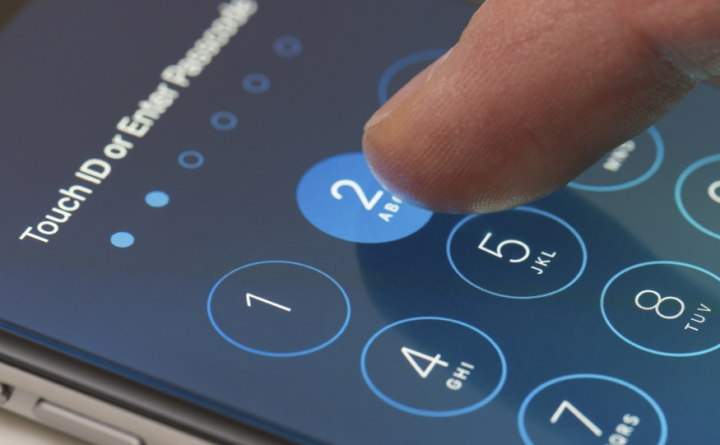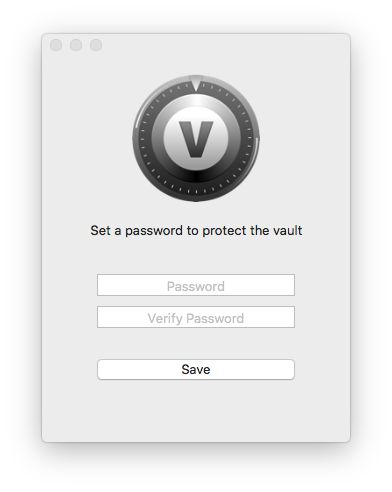
Unmounting an encrypted disk image returns the image file to an encrypted state, preventing access to the data stored within. You can also automate the task of providing the password by selecting the option to “Remember password in my keychain.” When this option is selected, either during the encrypted image file creation (OS X Yosemite and earlier), or when you’re asked for the password when mounting the image (all versions of the Mac OS), the password will be stored within your keychain and used automatically the next time you mount the image file.

Enter the password, and click the OK button. Mounting an encrypted disk image isn’t much different than mounting a normal disk image simply double-click the disk image file, or right-click (control-click) the disk image file, and select Open from the popup menu.īefore the image is mounted, your Mac will display a window that asks you to provide the password to grant access to the information stored within. The 128-bit encryption will likely meet the needs of most people, while the 256-bit encryption is a better choice for data that needs a higher level of protection.īefore you can make use of a disk image, it needs to be mounted, so your Mac can work with the data within it. The 256-bit encryption is considered more secure than the 128-bit encryption, but the 256-bit encryption also takes longer to encrypt and decrypt. The two levels of encryption refer to the size of the keys used in the encryption/decryption process.

We’ll start with an overview of the basics of disk images and encryption, and then show you how to actually create various types of disk images.ĭisk images support two types of encryption: 128-bit AES (Advanced Encryption Standard) and 256-bit AES. In this Rocket Yard Guide, we’re going to look at how to create encrypted disk images. Encrypted disk images can’t be mounted, viewed, or accessed unless you know the password associated with the image file.
:max_bytes(150000):strip_icc()/004-password-protect-a-folder-4165370-a54f6e5fb1b4416f88ad225861b9f29b.jpg)
But one set of features seems to get overlooked a bit: the creation and management of encrypted disk images.ĭisk images have many benefits they can be used to distribute apps and data to users, for creating master image files for various media types, such as CDs and DVDs, and for creating archives and backups, as well as quite a few additional creative uses.Įncrypted disk images allow you to protect the content of the images from prying eyes.

The Mac’s Disk Utility app supports a number of capabilities that make managing the Mac’s storage system easier.


 0 kommentar(er)
0 kommentar(er)
